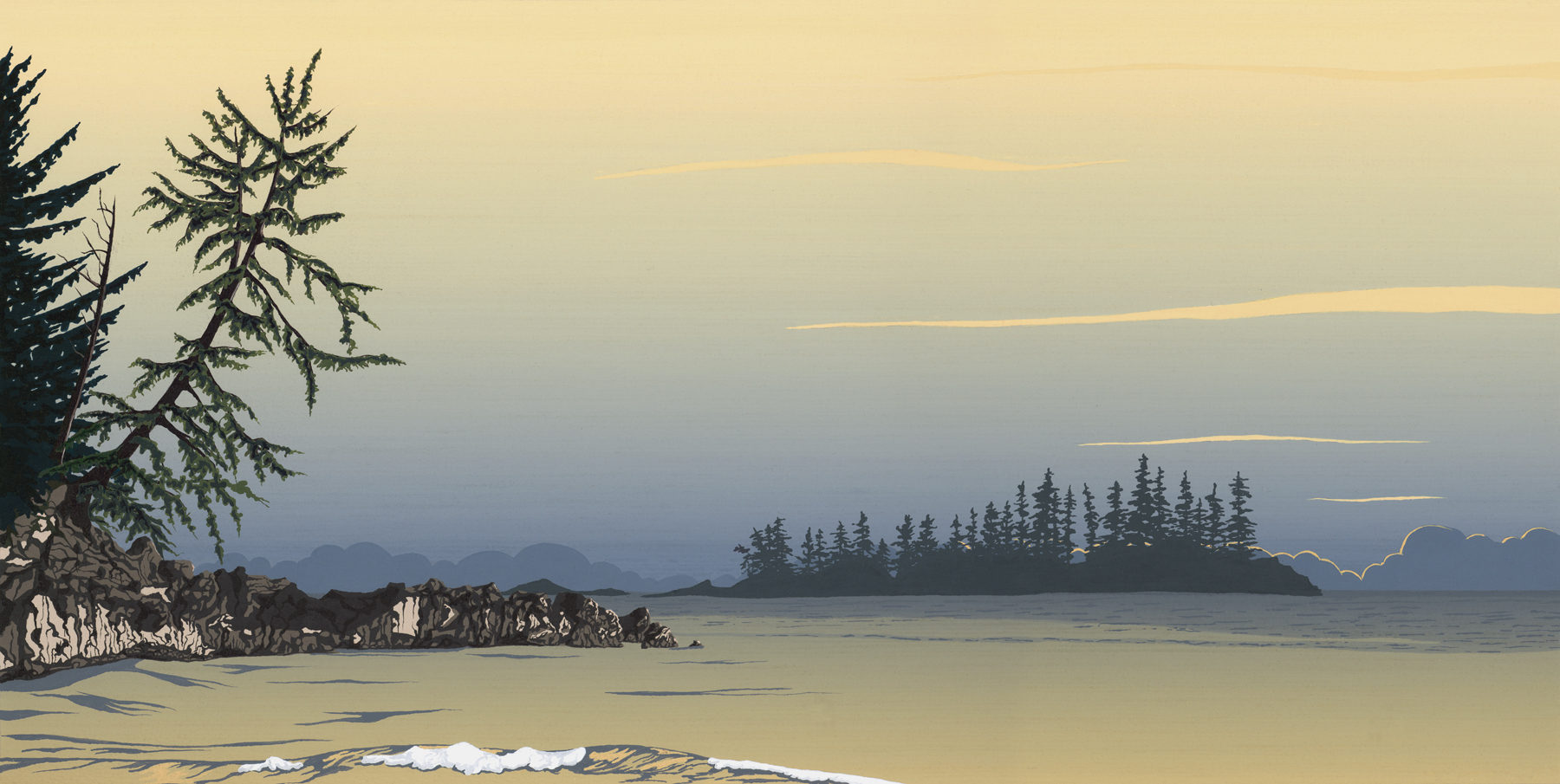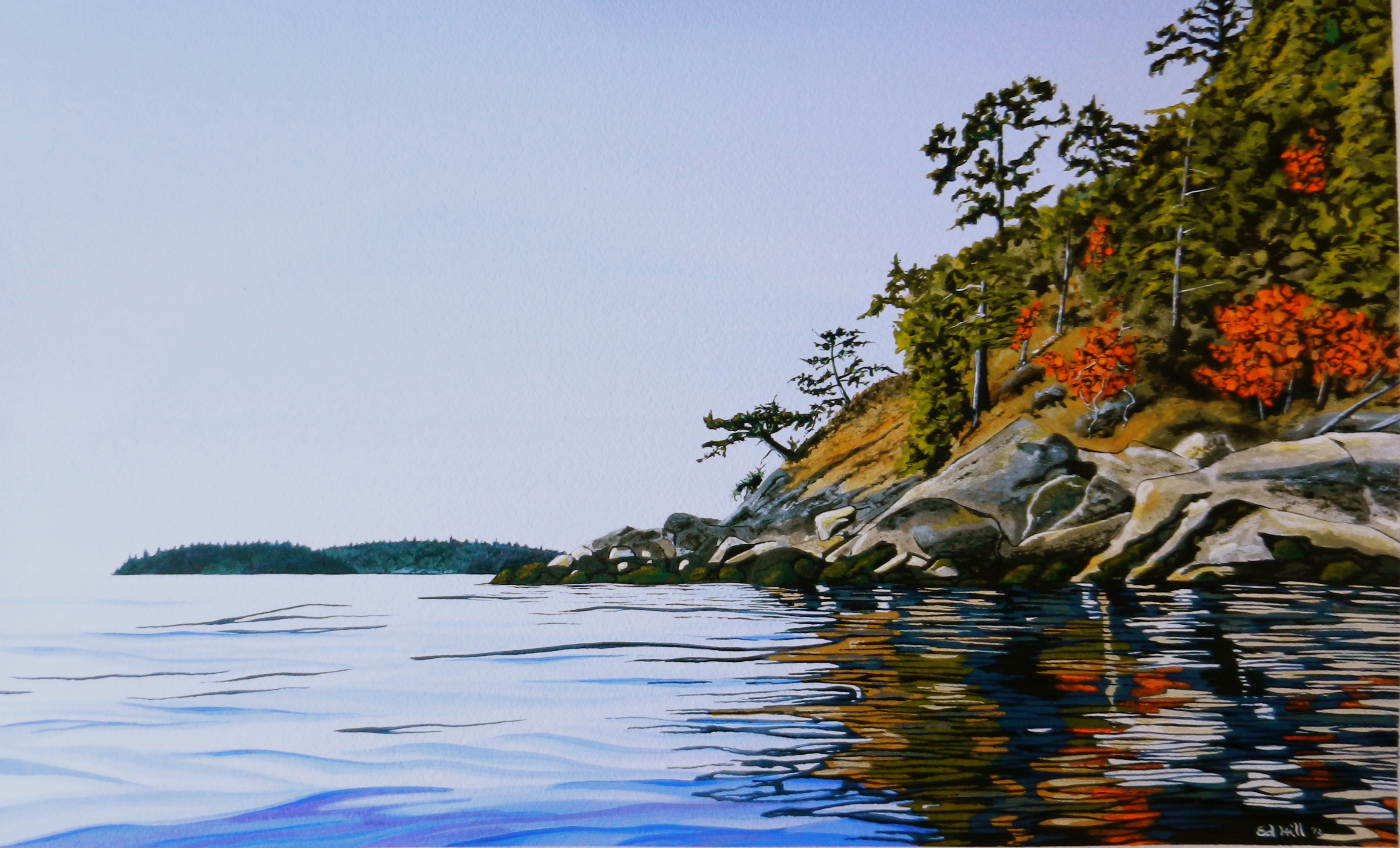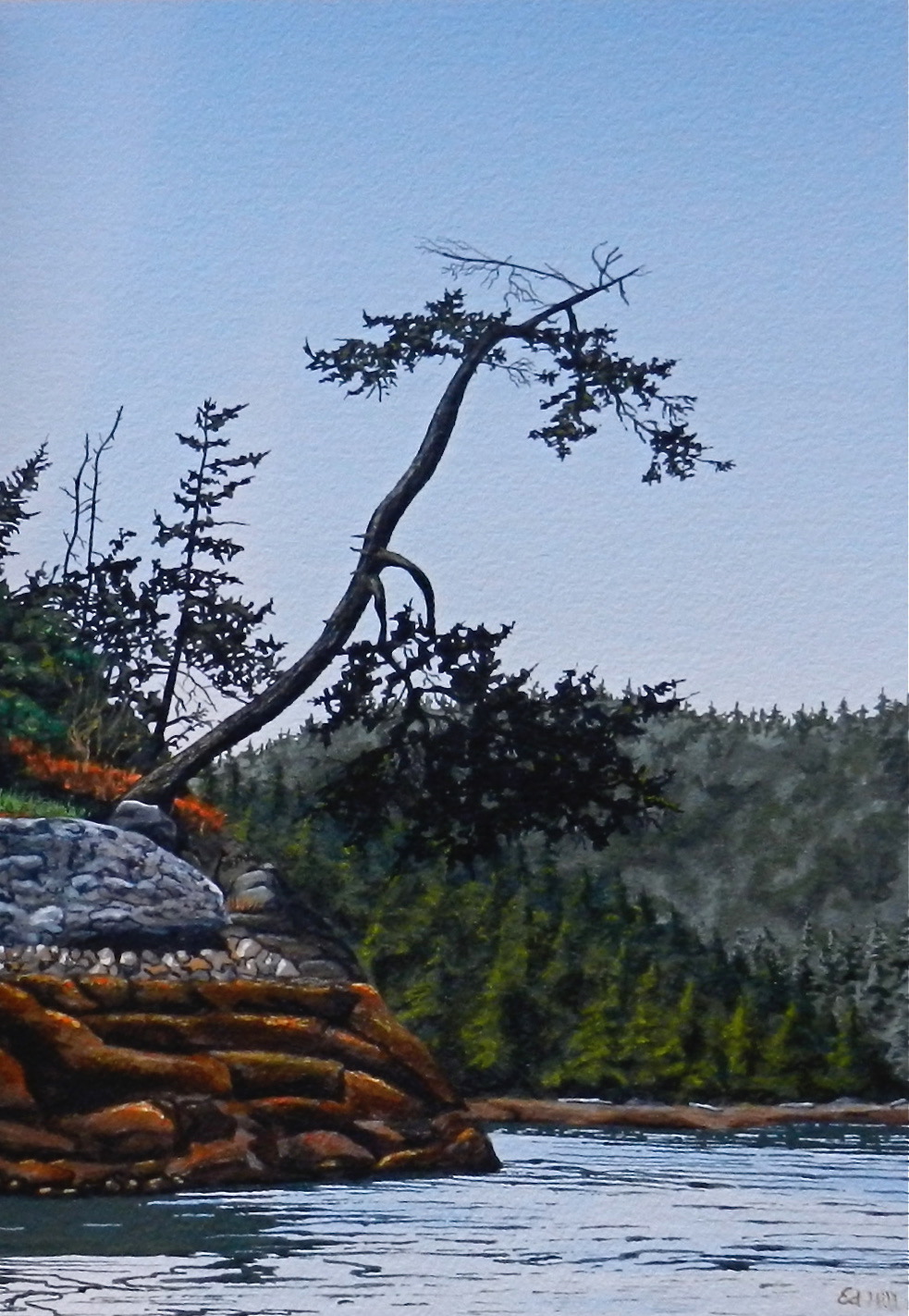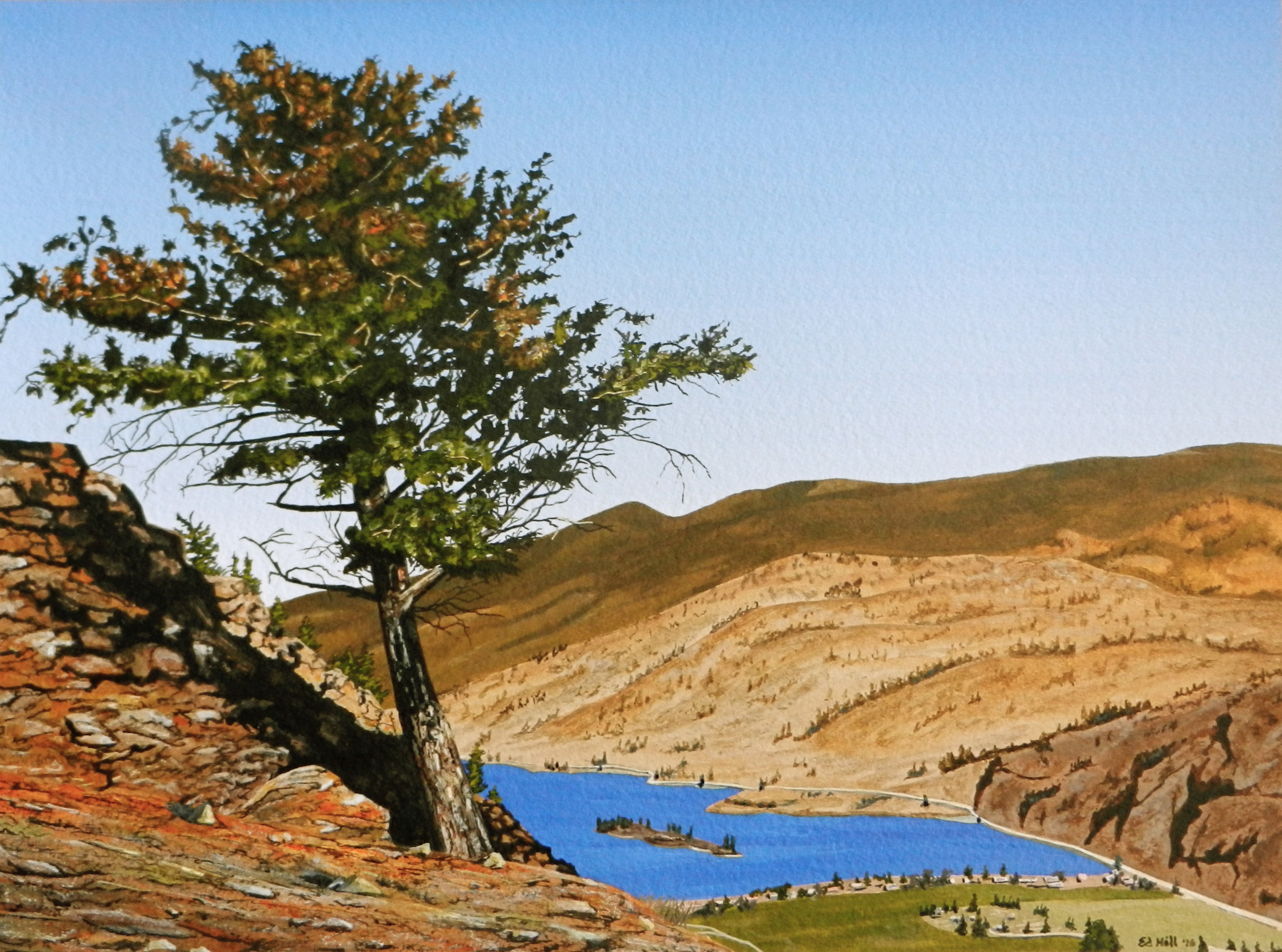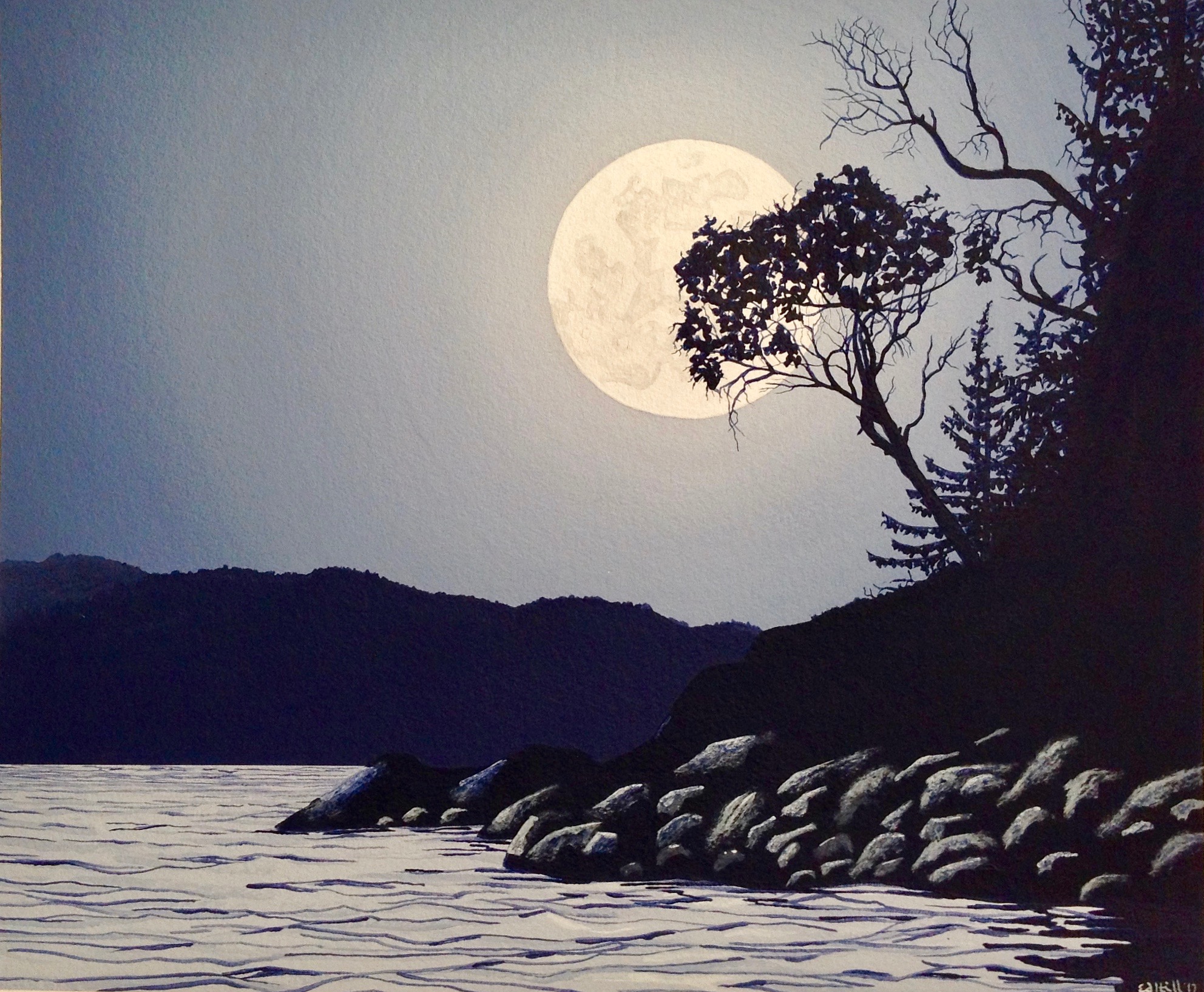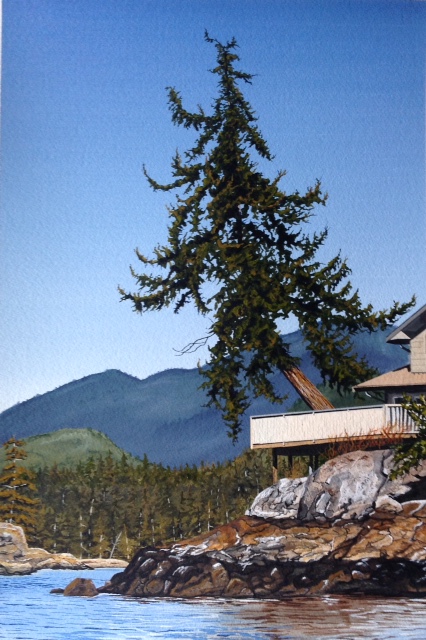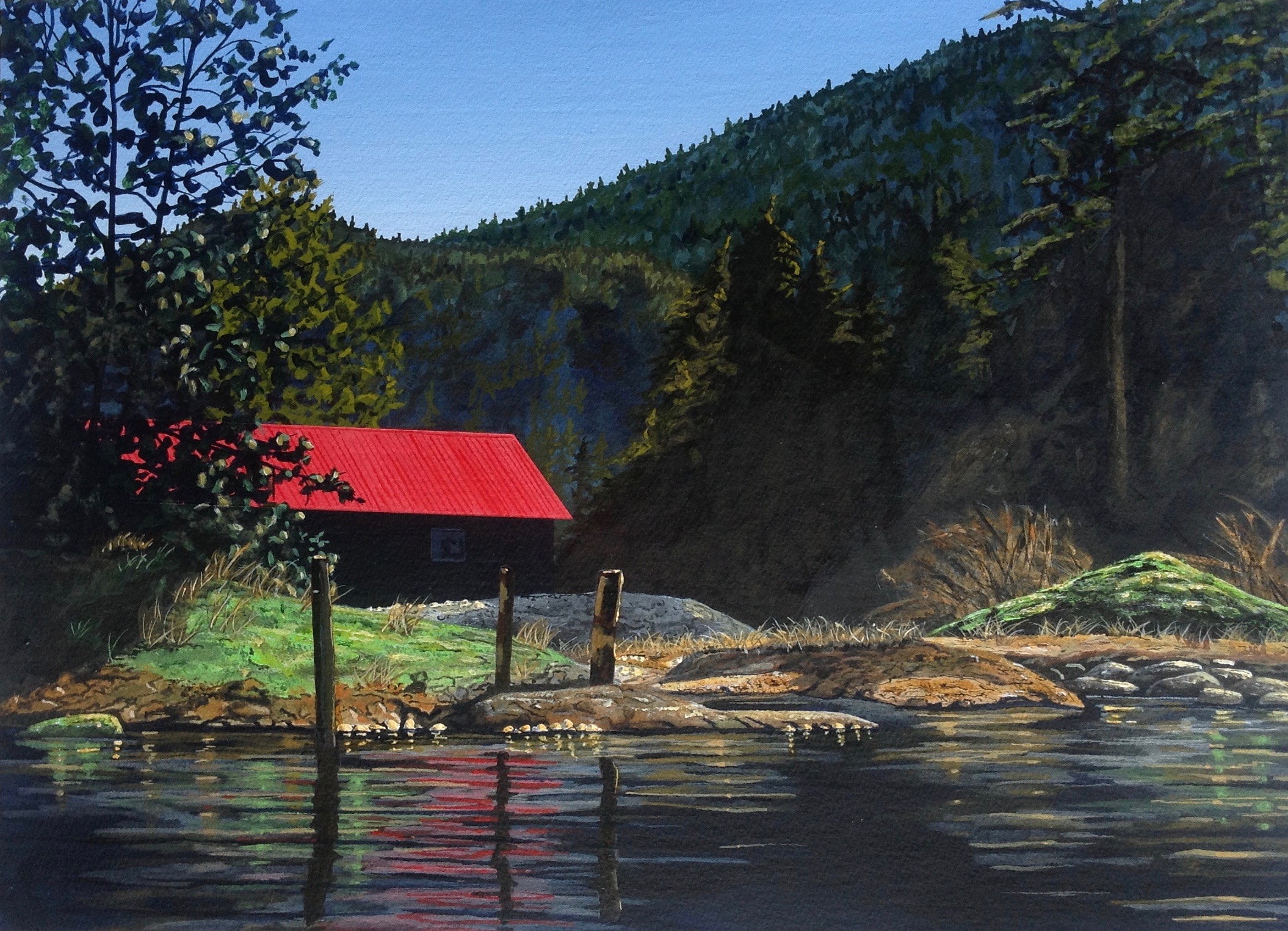My wife Joy and I have known Blane and Henny Hagedorn since 1984. As an RCMP officer my career postings moved us every few years and in that particular year we were most fortunate to be posted to Gibsons. Since that summer of 1984 we have known Blane and Henny and their family, and best of all we have become very good friends.
My RCMP career ended in 2002 when I retired and in those years since I have enjoyed good health and an appreciation for the world around me. I can truly say that, since retiring, in an overall sense, I have enjoyed the very best years of my life. Good health, good friends, a happy, healthy family and life’s circumstance all have aligned in a wonderful synchronicity. I take nothing for granted though, as these blessings are always fleeting things. I enjoy the moment and I am thankful.
That said, in the summer of 2007 Blane invited me to go with him on a fishing trip of a lifetime. Aboard the beautiful yacht Indecision, Blane’s pride and joy, we left Secret Cove Marina for a magical two-week fishing excursion in the waters surrounding Bella Bella. Perhaps my favourite posting of my career, Joy and I had been posted in Bella Bella from 1979 to 1981. I’d spent my off duty time there doing what I have loved since I was a kid. I’d fished. Now, all these years later I was back there in these vaguely familiar waters with Blane and his two friends Keith and Ted.
For salmon fishermen these had to be the best of times in terms of where we were, whom we were with and the wonderful base we were fishing from. I have never fished from such a luxurious place of comfort and amenity. Though the fishing was good, we all agreed it wasn’t what it was 25 years ago, and sadly it probably never will be that good again.
With all of that considered, while we plied those waters I found myself remembering, sometimes re-finding places and images of the past. The trip turned out to be more than I had expected. At times it was very emotional for me. I found myself back to those times in the late 70’s. I remembered people, places, incidents, fish caught and friends long since gone. This trip turned out to be more than just a fishing trip, it turned out to be a source of nourishment for my spirit. I came back richer than I had been when we’d left Secret Cove two weeks earlier.
One of the places that touched me as an artist was at the entrance to Gunboat Passage. As we fished and trolled there waiting to meet up with Keith and Ted this place served as a spark. It ignited memories of the past. I’d been here many times before. All those years ago, when I’d be motoring the police boat, “The Outlook”, on a patrol between Ocean Falls to Bella Bella, I’d seen this small island marking the entrance to my return channel. Indeed, I’d used this very island as a navigational reference point in my travels and patrols. Now, all these years later, this small island that had been so insignificant in those years past took on a special meaning to me. Highlighted by the sun against a backdrop of darker waters and islands, the little island just had to be painted. It was, to me, a place of beauty, tranquility and of meaning. It was my link to the past. I did several paintings as a result of this magical two-week period in my life, but “The Entrance to Gunboat Passage”is the one painting that truly captures the sentiment of the trip for me.
I present this painting to Blane and Henny to be hung in their home away from home, Indecision. I hope it always serves to remind them of my sincere gratitude for a fishing trip of a lifetime. As others enjoy this wonderful craft and the waters of the west coast, I hope this painting brightens their experience. Know though, that it isn’t the boat, it isn’t the water or the weather or the good food that makes these times special. No, those all pale in significance when you consider that it’s the friendship that is the thing of untold value. Today, as you travel on Indecision, be thankful for your family, your good health and your friends. Without them you have nothing.


